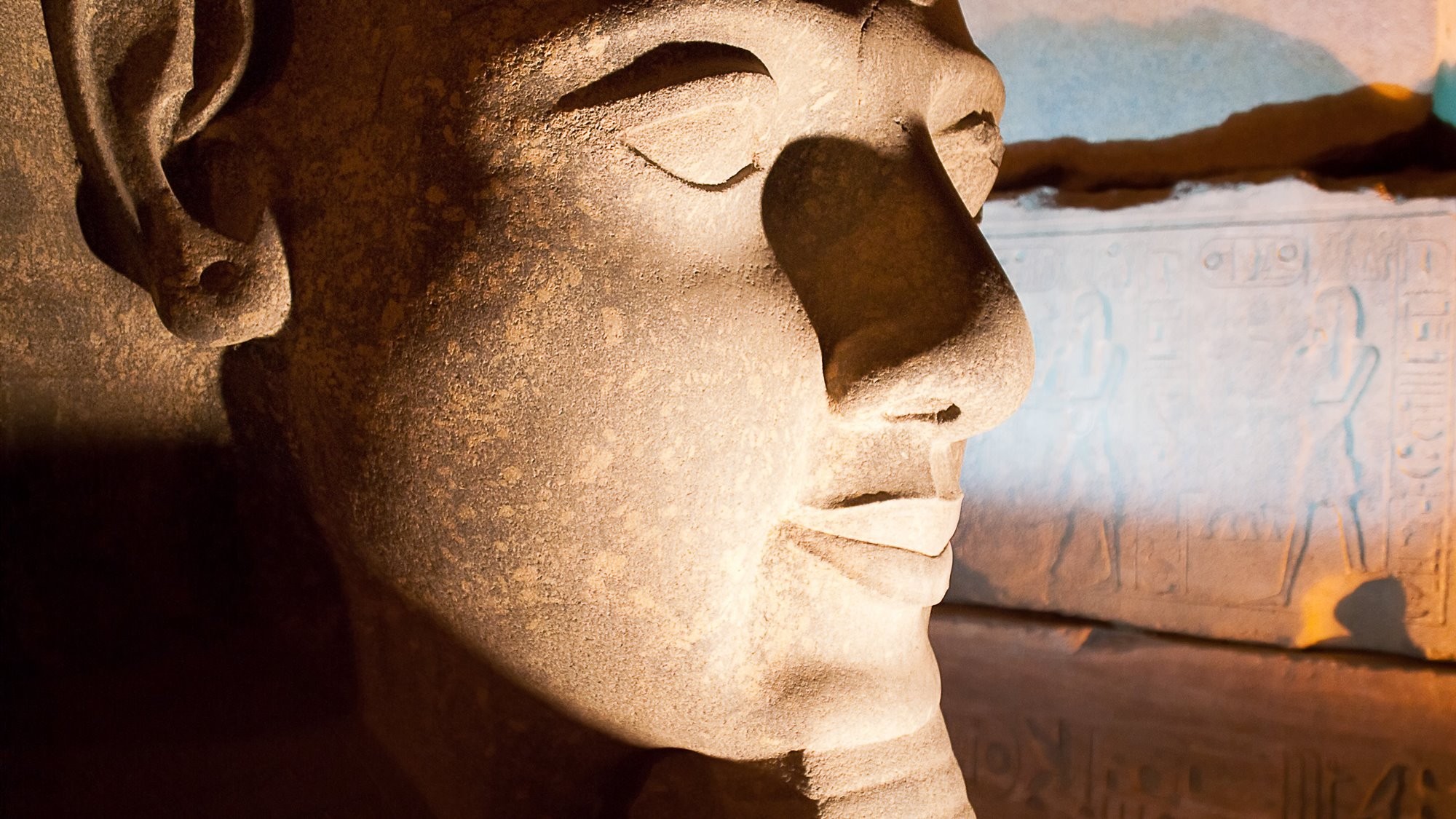Archaeology Travel Guide The Netherlands
Famous for windmills on picturesque waterways and vast fields of spring blooming tulips, the Netherlands is an interesting place to visit throughout the year. Whatever your interests, archaeology and history, art and architecture. From prehistoric megalithic tombs to landmarks and memorials that mark the horrific events of World War II. The birthplace of famous artists such as Rembrandt, Van Gogh and Mondrian, whose works are displayed in some of the world’s finest art galleries and museums. Romanesque and Gothic buildings and iconic medieval gabled houses stand side-by-side with innovative and cutting-edge contemporary architecture.
Reasons to Visit the Netherlands

Architectural History,


Art Galleries & Museums,

… and Windmills & Waterways.
About Our Netherlands Travel Guide
Whether you want to visit a few highlights or are planning a more extensive trip to the Netherlands, you are sure to find what you need here. From recommendations for the best sites and museums to visit to other thematic lists. As well as many other resources, travel tips and ideas. This guide focuses on the art, archaeology and history of the Netherlands through the various sites, landmarks and museums open to the public. This guide was started with major contributions from Max Petterson, and is now being developed and maintained by Thomas Dowson, the founder of Archaeology Travel. Thomas lives in Germany, and travels extensively throughout Europe. Read more about the authors and how we create these guides, as well as our mission and vision.
Interesting Things to Know About the Netherlands
What's On in the Netherlands 2024

6 October 2023 – 20 May 2024,
Allard Pierson Museum


Until 31 October 2024,
Rijksmuseum van Oudheden
Find Places to Visit in the Netherlands
Five Popular Attractions in the Netherlands
Explore the Netherlands more deeply
Where to Go in the Netherlands
In this the culinary region of the Netherlands, explore Van Gogh’s life and work in and around his birthplace. Provinces: Limburg, North Brabant and Zeeland
Home to the four largest Dutch cities, Amsterdam, the Hague, Rotterdam and Utrecht. Provinces: Flevoland, North Holland, South Holland and Utrecht.
Historic Cities in the Netherlands
What to See in the Netherlands

Roman Ruins & Museums
From around 55 BC to around 410 AD the southern area of what is today the Netherlands lay within the Roman Empire. First in Gallia Belgica, then, following Emperor Domitian’s acquiring new lands along the Rhine in the early 80s AD, the area was in the province of Germania Inferior. The empire’s boundary here was the Rhine River, this stretch of the frontier being the oldest section of the Roman Limes. While that part of the Netherlands to the north of the river did not fall under Roman rule, it was certainly not beyond the empire’s influence.

Hanzesteden in the Netherlands
In the 14th century, when Amsterdam was only a tiny settlement, many towns in the northern provinces of the Netherlands joined the Hanseatic League. Established as a trading union amongst Baltic Sea ports, joining the league ensured wealth. The Medieval prosperity of these Hansa towns can still be seen in the historical buildings and features from the 14th and 15th centuries – making them fascinating and picturesque places to visit today.

Castles & Palaces
Many Dutch castles were built between the 12th and 17th centuries, for defence, residence, and administrative centres. Following centuries of conflict, neglect, and in some cases several changes of ownership, many Dutch castles have been sensitively restored. Today, these castles are home to museums, or are tourist attractions in their own right, offering visitors an engaging insight into Dutch history and culture.

Holocaust, WWII and the Third Reich

Art Galleries & Museums
The Netherlands has an estimated 1,000 museums and art galleries. With an impressive breadth of topics and aimed at people of all ages. From the archaeology museums dedicated to the Neolithic communities and their megalithic tombs to some of the finest art galleries with their collections of modern and contemporary art. These collections are housed in buildings that have their own fascinating history, as well as contemporary state-of-the-art and innovative museums of the future.











